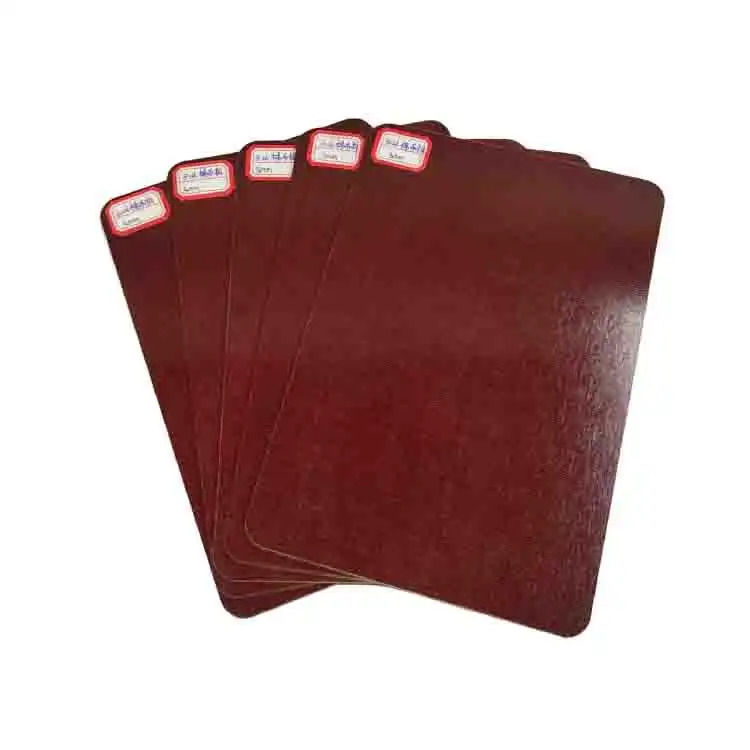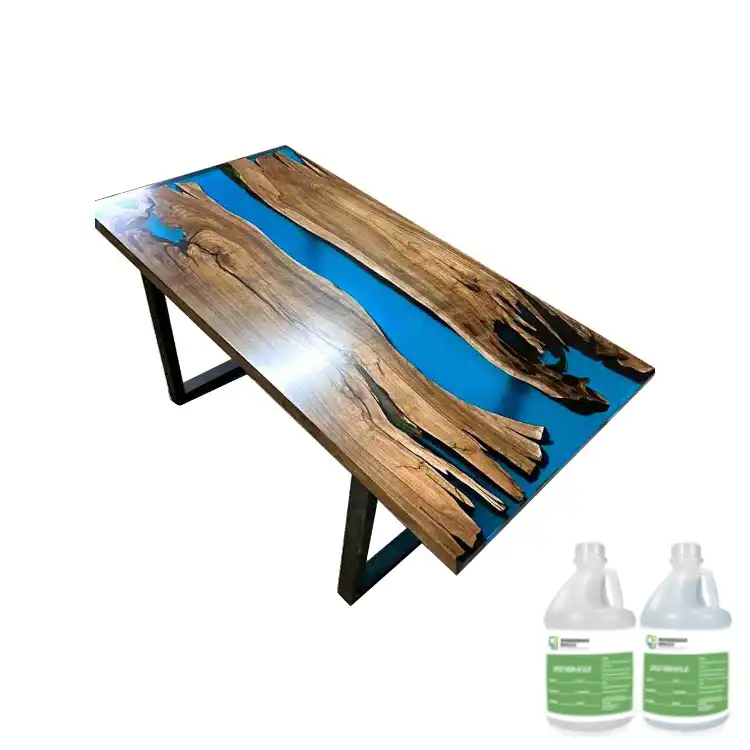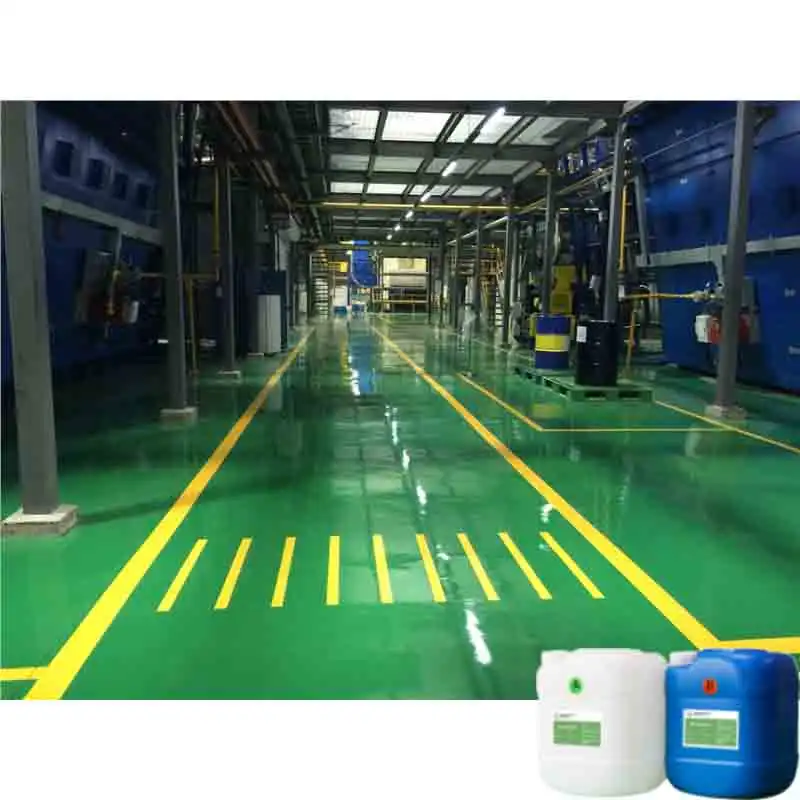What is the melting point of glass epoxy sheet?
2024-08-23 14:29:49
Glass epoxy sheets, particularly the Epoxy Glass Insulating Laminated Board Grade 3240, are widely used in various industries due to their exceptional thermal and electrical properties. Understanding the melting point of these materials is crucial for their proper application and usage. In this comprehensive guide, we'll delve into the intricacies of glass epoxy sheets, explore their melting points, and discuss the factors that influence their thermal behavior.
Understanding Glass Epoxy Sheets
Composition and Manufacturing Process
Glass epoxy sheets are composite materials made by combining glass fibers with epoxy resin. The manufacturing process involves layering glass fiber mats or fabrics and impregnating them with epoxy resin. This combination results in a material that possesses excellent mechanical strength, electrical insulation properties, and thermal resistance.
Properties of Epoxy Glass Insulating Laminated Board Grade 3240
The Epoxy Glass Insulating Laminated Board Grade 3240 is a specific type of glass epoxy sheet known for its superior electrical insulation and thermal performance. This grade is characterized by its high-temperature resistance, low thermal expansion, and excellent dimensional stability, making it ideal for use in demanding electrical and electronic applications.
Applications in Various Industries
Epoxy glass sheets find applications in numerous industries, including aerospace, automotive, electronics, and electrical engineering. They are commonly used in printed circuit boards (PCBs), switchgear components, transformer insulation, and structural components in high-temperature environments. The versatility of these materials stems from their unique combination of mechanical strength and thermal resistance.
The Melting Point of Glass Epoxy Sheets
Defining Melting Point for Composite Materials
When discussing the melting point of glass epoxy sheets, it's important to note that these materials don't melt in the traditional sense like pure metals or thermoplastics. Instead, they undergo a complex thermal decomposition process. The term "melting point" for glass epoxy sheets typically refers to the temperature at which the material begins to lose its structural integrity and mechanical properties.
Temperature Range for Glass Epoxy Sheet Decomposition
The decomposition temperature of glass epoxy sheets varies depending on their specific composition and grade. For high-performance grades like the Epoxy Glass Insulating Laminated Board Grade 3240, the decomposition process typically begins at temperatures around 300°C to 350°C (572°F to 662°F). However, it's crucial to understand that this is not a sharp melting point but rather the onset of a gradual degradation process.
Factors Affecting Thermal Behavior
The thermal behavior and decomposition temperature of epoxy glass sheets are significantly influenced by several factors. First, the resin type and formulation play a crucial role, as different resins have varied thermal stability and decomposition characteristics. The content and orientation of glass fibers also impact thermal properties; higher fiber content generally improves heat resistance, while orientation affects heat distribution. The curing process and degree of cross-linking determine the structural integrity and thermal stability, with more complete cross-linking enhancing thermal resistance. Additives and fillers can modify thermal performance, either improving or reducing heat resistance depending on their nature. Finally, environmental conditions such as temperature and humidity during use can affect the thermal behavior of the epoxy sheets, potentially altering their decomposition temperatures and overall performance.

Thermal Properties and Considerations
Glass Transition Temperature (Tg)
The glass transition temperature (Tg) is a critical parameter for glass epoxy sheets. It represents the temperature at which the material transitions from a rigid, glassy state to a more flexible, rubbery state. For high-performance grades like the Epoxy Glass Insulating Laminated Board Grade 3240, the Tg typically ranges from 130°C to 180°C (266°F to 356°F). Above this temperature, the material's mechanical properties begin to change, although it doesn't immediately lose its structural integrity.
Heat Distortion Temperature (HDT)
The heat distortion temperature (HDT) is another important thermal property of epoxy glass sheet. It indicates the temperature at which a standard test bar deflects under a specified load. For high-grade glass epoxy materials, the HDT can range from 200°C to 250°C (392°F to 482°F), depending on the specific formulation and manufacturing process.
Continuous Operating Temperature
While glass epoxy sheets can withstand high temperatures briefly, their continuous operating temperature is typically lower than their decomposition temperature. For the Epoxy Glass Insulating Laminated Board Grade 3240, the maximum continuous operating temperature usually ranges from 150°C to 180°C (302°F to 356°F), depending on the specific application and environmental conditions.
Understanding these thermal properties is crucial for engineers and designers when selecting glass epoxy sheets for specific applications. It ensures that the material will perform reliably under the expected operating conditions without compromising its structural integrity or electrical insulation properties.
Conclusion
In conclusion, while glass epoxy sheets don't have a traditional melting point, their thermal behavior is characterized by a complex interplay of factors. The epoxy glass insulating laminated board grade 3240 offers exceptional thermal resistance, making it suitable for a wide range of high-temperature applications. By considering the decomposition temperature, glass transition temperature, and heat distortion temperature, engineers can make informed decisions about the use of these versatile materials in their designs.
For more information about our high-quality Epoxy Glass Sheets, including the Epoxy Glass Insulating Laminated Board Grade 3240, please don't hesitate to contact our experienced team. With over 20 years of experience in producing and selling insulating sheets, we're here to provide you with expert advice and superior products. Reach out to us at info@jhd-material.com to discuss your specific requirements and how our glass epoxy sheets can benefit your projects.
References
1. Chawla, K. K. (2012). Composite Materials: Science and Engineering. Springer Science & Business Media.
2. Pascault, J. P., & Williams, R. J. J. (2009). Epoxy Polymers: New Materials and Innovations. John Wiley & Sons.
3. Soutis, C., & Beaumont, P. W. R. (Eds.). (2020). Structural Integrity and Durability of Advanced Composites: Innovative Modelling Methods and Intelligent Design. Woodhead Publishing.
4. Agarwal, B. D., Broutman, L. J., & Chandrashekhara, K. (2017). Analysis and Performance of Fiber Composites. John Wiley & Sons.
5. Chung, D. D. L. (2010). Composite Materials: Science and Applications. Springer Science & Business Media.
6. Harper, C. A. (Ed.). (2002). Handbook of Plastics, Elastomers, and Composites. McGraw-Hill Professional.





_1747991245292.webp)

